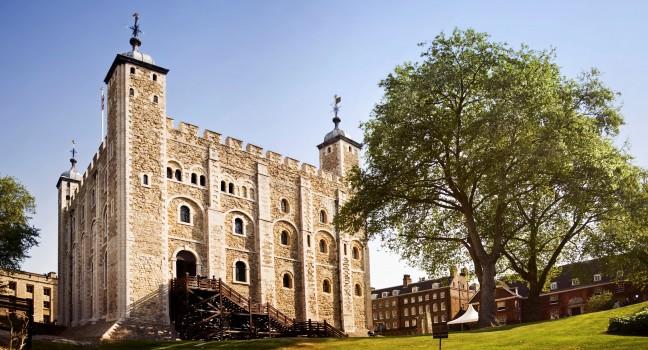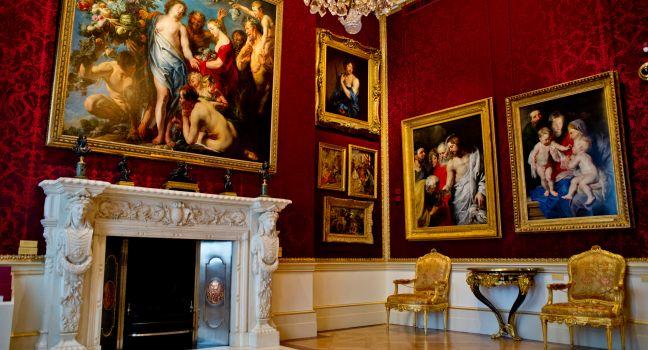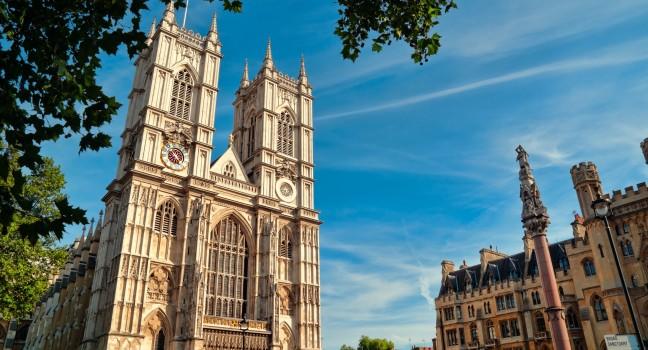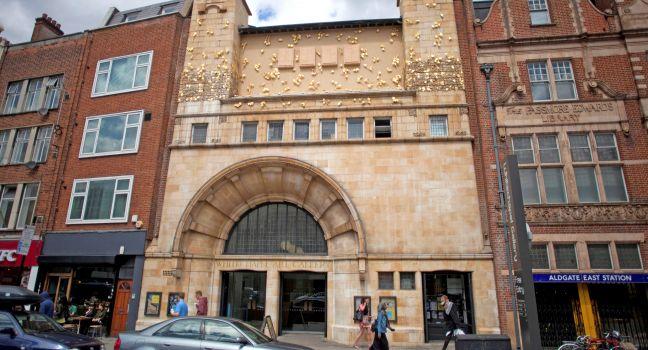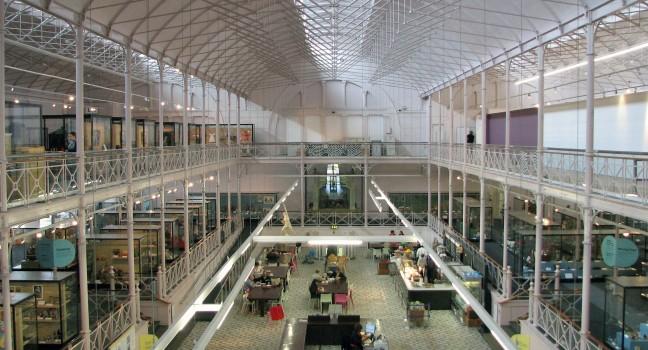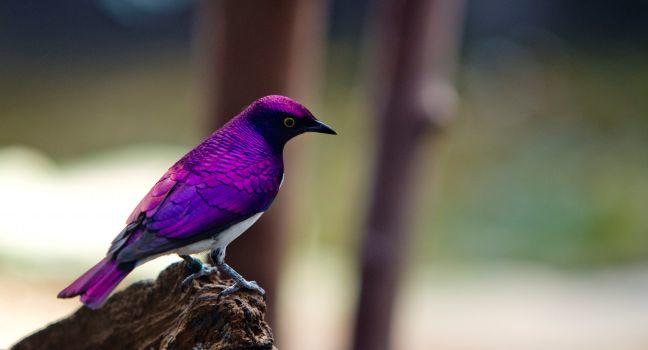Nowhere else in London does history seem so vividly alive as in this minicity begun by the Normans more than 1,000 years ago. In its time, the Tower has been a fortress, a mint, a palace, an archive, and the Royal Menagerie (which formed the kernel of London Zoo). Most of all, however, it has been known as a place of imprisonment and death. Thousands of unfortunate souls, including numerous aristocrats and even a few sovereigns (some notorious traitors, some complete innocents), spent their last days here, several etching their final recorded thoughts onto their cell walls, and pints of royal blood have been spilled on its stones. Executions at the Tower were reserved for the nobility, with the most privileged beheaded in the privacy of Tower Green instead of before the mob at Tower Hill. In fact, only seven people received this dubious "honor," among them Anne Boleyn and Catherine Howard, two of Henry VIII's six wives.
The White Tower, the oldest building in the complex (which is actually made up of 20 towers, not just one) is also its most conspicuous. Begun by William the Conqueror in 1078 and whitewashed (hence the name) by Henry III (1207–72), it contains the Armouries, a splendid collection of arms and armor. Across the moat to the right is the riverside Traitors' Gate, to which the most famous prisoners were rowed to bring them to their impending doom.
Opposite is the Bloody Tower, where the "little princes in the Tower"---the uncrowned boy king Edward V and his brother---were consigned by their wicked uncle, who then took the crown for himself, thus becoming Richard III. The boys were never seen again, widely assumed to have been murdered in their tower prison. Also not-to-be-missed are the gorgeous Crown Jewels in the Jewel House. The original crown, orb, and scepter, symbols of monarchial power, were destroyed during the English Civil War; the ones you see here date back to after the Restoration in 1661. The most impressive gems were added only in the 20th century, when their countries of origin were part of the British Empire. Free 60-minute tours of the Tower depart every half hour or so (until midafternoon) from the main entrance. They are conducted by the Yeoman Warders, more popularly known as Beefeaters, who have guarded the Tower since Henry VII appointed them in 1485. Veterans of Britain's armed forces, they're easy to spot in their resplendent navy-and-red Tudor uniforms (scarlet-and-gold on special occasions). Keep an eye out for the ravens upon whose residency of the Tower, legend has it, the safety of the kingdom depends.
Avoid lines by buying a ticket in advance online, by phone, or from the automatic kiosks on Tower Hill. For free tickets to the 700-year-old Ceremony of the Keys (the locking of the main gates, nightly between 9:30 and 10), write several months in advance; check the Tower website for details.
